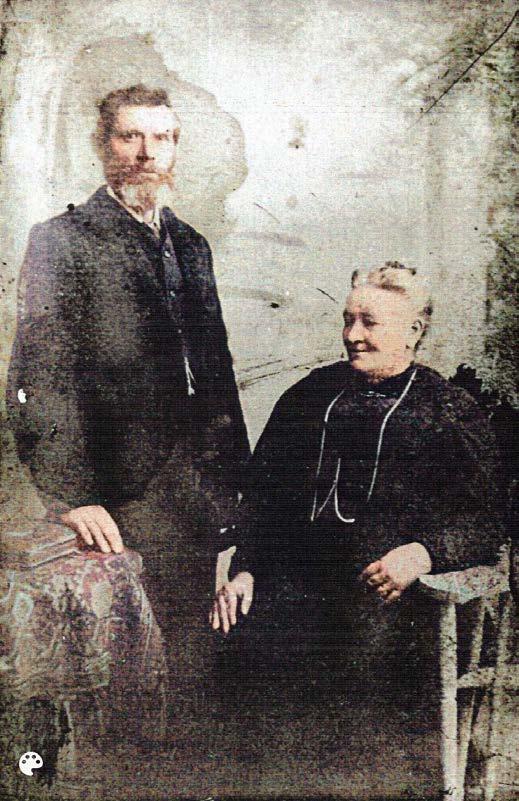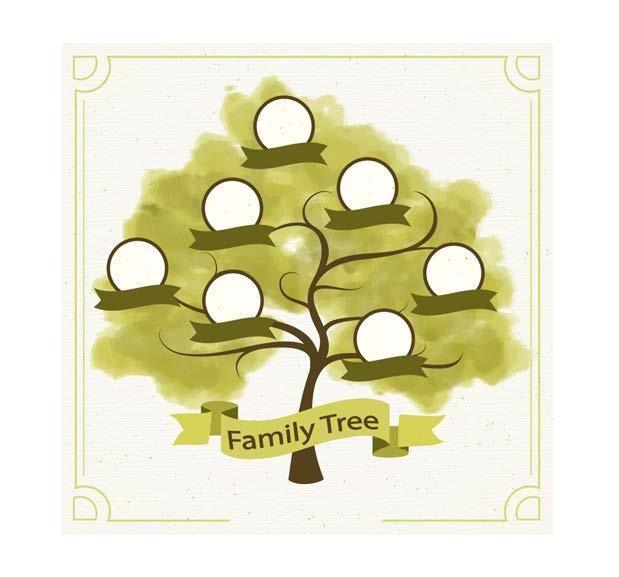
3 minute read
Genealogy: by Hannah Howe
Genealogy: Researching Your Family Tree
by Hannah Howe
Advertisement
Census returns are a great way to learn more about your ancestors. In Britain, regular national censuses have taken place every ten years since 1801. However, the first four censuses, 1801 - 1831, contained mainly statistical information. From 1841 the censuses became more detailed, recording the names of all individuals in a household or institution.

That said, the 1841 census can be misleading because the ages of our ancestors were rounded down to the nearest five years and sometimes people didn’t honestly state the parish where they were born. This could have occurred through confusion, or because people were worried that they would lose parish relief, a primitive form of social security, if they admitted that they were born in a different parish; relief payments were issued by the parish of birth and not where your ancestor lived.
From 1851 the censuses contained more information, although it is important to remember that some of our ancestors misled the enumerators over their age, possibly through vanity, or because they simply didn’t know exactly when they were born.

The Victorian censuses recorded the number of people in a household when the enumerator called, not the number of people who lived there. Therefore, you might find visitors in your ancestors’ house, and members of the family missing. Overall though, these censuses do offer a good impression of our ancestors’ households.
The 1911 census offers a bonus in that it is the most detailed to date and that the returns were written in our ancestors’ own hand. Therefore, we are able to witness their handwriting. Sometimes, they made mistakes when completing the census, and this can offer insights into their character. Later censuses are currently not available due to privacy laws, although the 1921 census is due to appear online in 2022.


You should be able to find the 1881 census free online. However, to view the other census returns you might have to pay a subscription fee to one of the genealogy websites or access them through pay as you go.
The Howe family Bible gave me the dates of birth for my 2 x great grandparents and their immediate family. By viewing the 1881 census I discovered that my 2 x great grandparents, William and Ann, pictured c1905, were living with Ann’s father, David Jones, a widower, that William, aged 25, was a railway packer working on the recently constructed railway, that Ann was a housewife with her first baby, Mary Ann, and that a niece, Elizabeth Burnell, aged nine, lived with the family.
An obvious question arose from the above: why was Elizabeth Burnell living with William and Ann? By searching for that answer in later censuses I discovered a family secret.
For family and social historians census returns offer a great insight into the past and can be used to construct the Victorian branches of your family tree.
Hannah Howe is the author of the Sam Smith Mystery Series, the Ann's War Mystery Series and the #1 international bestseller Saving Grace. Hannah's books are published by Goylake Publishing and distributed through Gardners Books to over 300 outlets worldwide. Her books are available in print, as eBooks and audiobooks, and are being translated into ten languages. Discover more on Mom's Favorite Reads website:

https://moms-favorite-reads.com/moms-authors/hannah-howe










